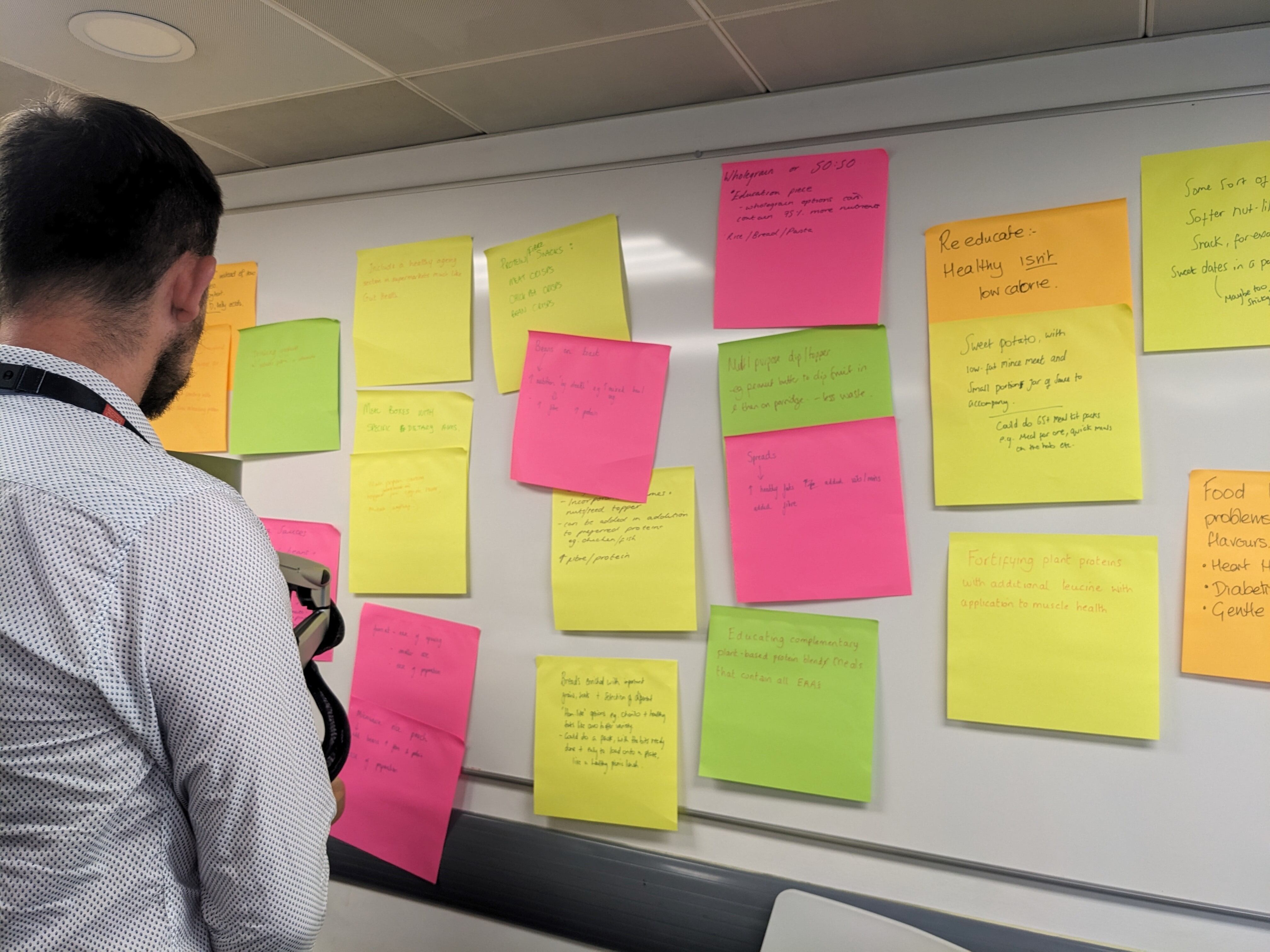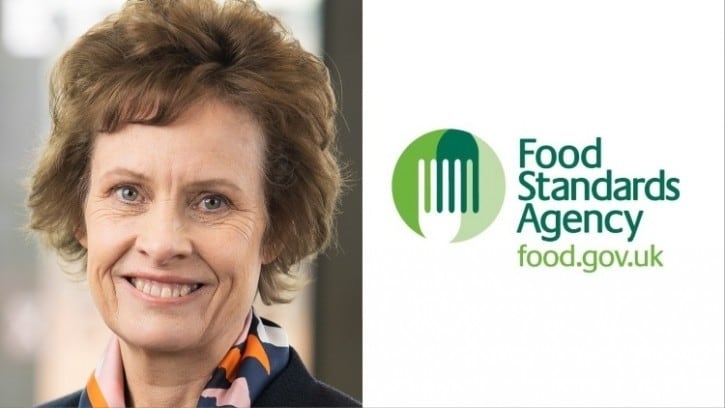I was among those who attended the research study led by food safety and nutrition expert, Barbara Bray.
The renowned food consultant is carrying out a mixed method study looking at healthy ageing diets for those aged 65 and over.
Currently, older people’s diets are not providing sufficient nutrients to maintain good health with ageing. Addressing the missing nutrients is vital to support healthspan.
The idea is not to change habits, Bray explained, but rather develop more nutritious solutions that suit the tastes and existing diets of older people – or what is better referred to as ‘Health by Stealth’.
Finding the missing nutrients
For the first part of the project and prior to the section I was involved in, Bray reviewed the data from the National Diet Nutrition survey to gauge what older people are currently eating.
She then carried out a ‘gap analysis’ of what this age group is eating and what the Eat Well Guide recommends for the general population.
It’s worth noting that the Eat Well Guide is from ages one and up and doesn’t specify age bans, but Bray complemented this research with further literature around nutritional in-take of vitamins, protein, etc.
She found the biggest gaps for those aged 65+ is in folate, fibre, protein and, more generally, fruit and veg.
Bray then sampled 40 people – 20 in Northern Ireland and 20 in England – to understand the changes they’ve had over their lifetime and how that has impacted the way that they eat.
What she discovered was that it’s not age per se that influences your diet, but the changing environment – for example, bereavement, medical, relocation.
“It’s the life events that have actually changed the way they eat.”
Health by stealth
For the workshop – or ideation session – I attended on 4 June 2025, Bray set the scene by outlining the foods commonly eaten by older people containing these missing ingredients.
For example, yoghurts, egg, meat, cereal and nuts were popular choices among 65+ for foods containing protein; whilst baked beans, chips, wholemeal bread, and pizza were the foods most consumed that contain fibre.
To help generate ideas, the group were given three ‘avatars’ with background information about their lifestyle, food behaviours, preferences and any barriers they may experience in their environment.
The avatars included a widow, a couple and a divorcee. Each had details around how they shopped, cooked, ate, alongside what they do, say, think and feel.
For example, the 77-year-old widow from Berkshire ‘can’t be bothered to cook since her husband passed away’, says ‘having gadgets to manage arthritis symptoms are great’, thinks her ‘Mediterranean dietary pattern is healthy but getting to the supermarket will be tricky when she stops driving’, and ‘doesn’t feel like eating a lot because of her small appetite’.
The group were asked to devise ideas based on these scenarios for new products that would resonate with the avatars. These were written onto large post it notes and stuck around the room, with the participants then marking the solutions they felt would be most successful.
Ideas that came from the workshop
The room – which was filled with a variety of industry experts, many with nutrition backgrounds – came up with a plethora of promising ideas.
These ranged from yoghurts with high fibre toppers, to pasta sauces with blended beans or nuts that make it easy to digest, to a healthy ageing section in supermarkets (much like the current trend of gut health), to using techniques such as sous vide when cooking to make the meat softer to chew.

The most popular concepts were used to inspire us to individually devise ‘insightful statements’ outlining the scenario and solution, e.g. the widow from Berkshire has a good breakfast but not enough protein in it and struggles to open items. Therefore, a high protein yoghurt with an easy peel opener would be helpful.
Over 65s neglected by sector
As the group discussed the ideas, over considerations were also raised including making the on-pack claims much more geared towards older people. As one participant said, whilst many young people will be after products with on-pack gut claims, it’s not something that really resonates with the older generation. So it’s about how this can be reshaped to tell a story that speaks to that audience.
Moreover, whilst there will be older people still doing their shopping. There will be certain pools within the age bracket of 65+ who have their children do it for them and, in this case, the food has to speak to them too.
The large-ranging age gap for this age band makes it trickier to develop products for food manufacturers and I questioned why we do not have more divisions like we do for younger age brackets (e.g. 25-35, 35-45, etc.). Instead, if you consider the oldest living person in the world (Ethel Caterham, aged 115), the age bracket for 65+ spans 50 years.
The group agreed, stating that it’s an age group that tends to be neglected and lumped together, despite stark differences. You would never, for example, put together a 12-year-old and a 62-year-old year and assume their needs and preferences are the same. There is evidently work to be done – and opportunity here – for the food sector.
Smart trolleys and personalised health
Other interesting discussion points were raised around how technology currently on the market could be adapted in the future to help older generations. One piece of kit which was flagged was the smart trolley.
Shopic is one of these examples – an intelligent tool that can be clipped onto a normal trolley. It is equipped with camera and sensors capable of helping the shopper navigate the store for the items they need, and it can also identify items placed into the trolley which it then adds to a running list of products on the device’s screen (giving you the running total of the bill).
This kind of technology is being used to save time and prevent shoplifting, but it could also be used in new ways. For example, if the shopping cart could linked to your personalised nutritional needs – much like a smart watch – it could then suggest items available in store and navigate you to them.
Next steps
The next steps for Bray’s project is to take away the ideas from our workshop to be reviewed and validated by a sample board of older people.
Once that’s done, our group will meet again to refine the ideas further.
Watch this space!





